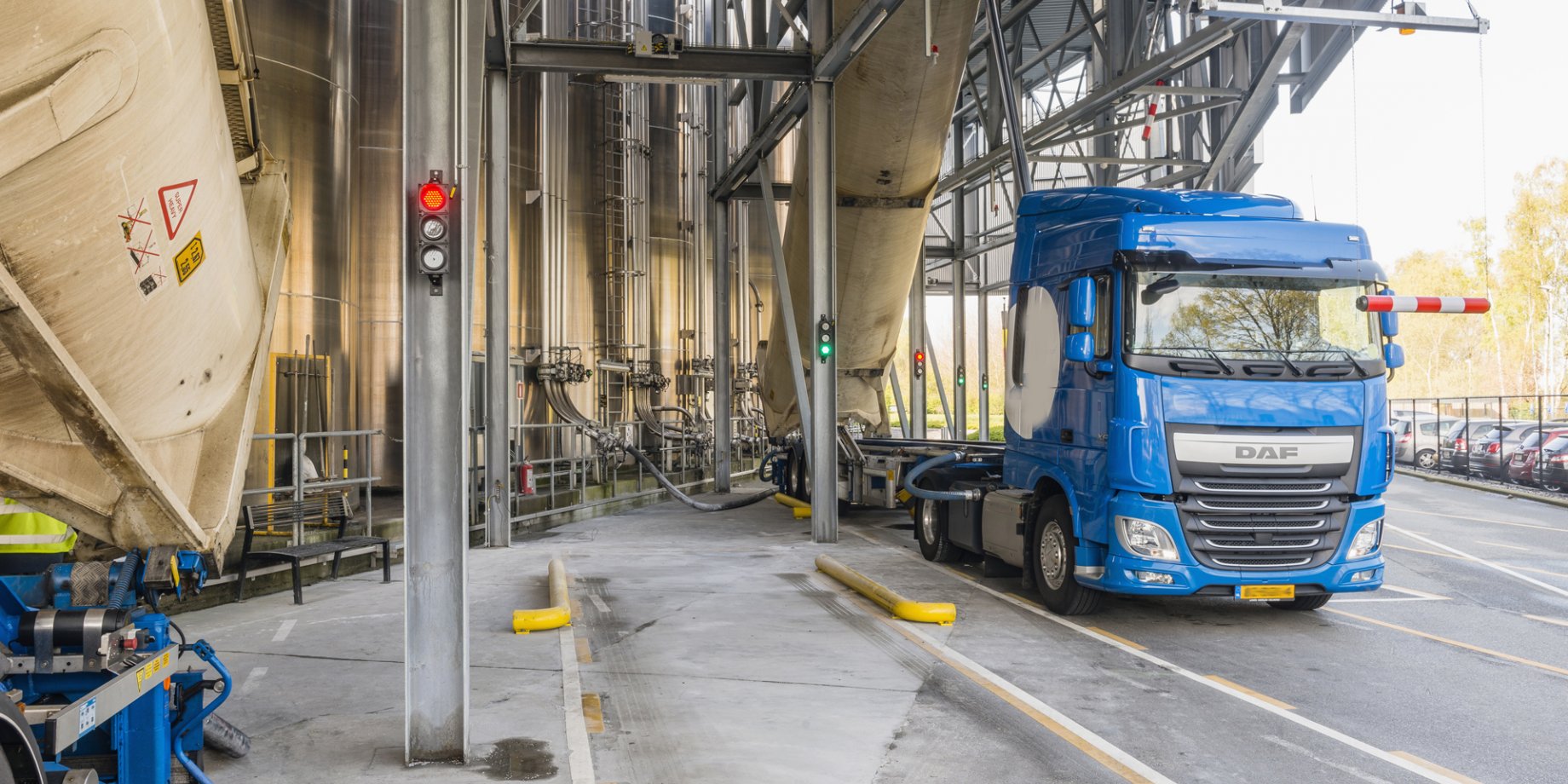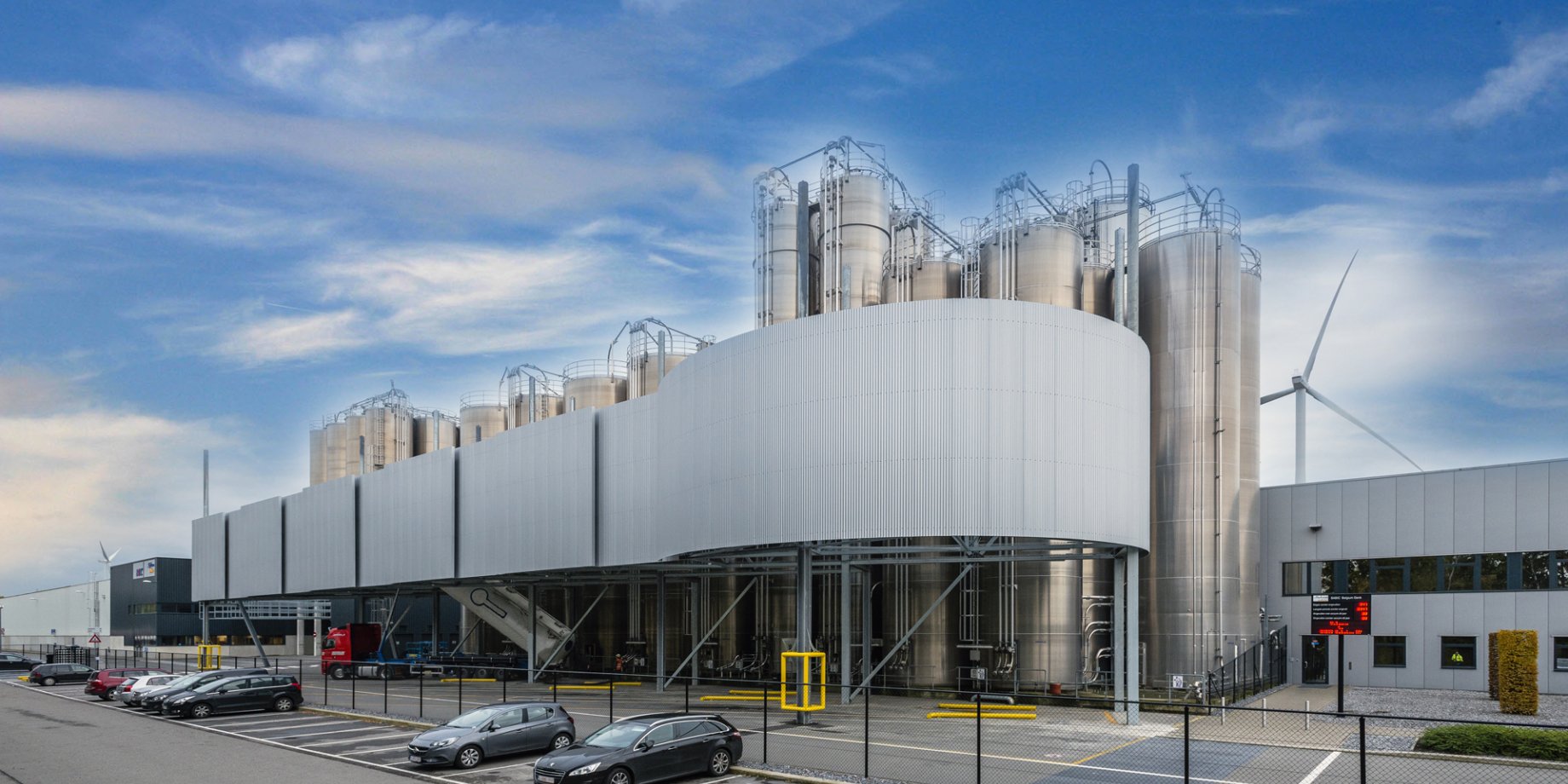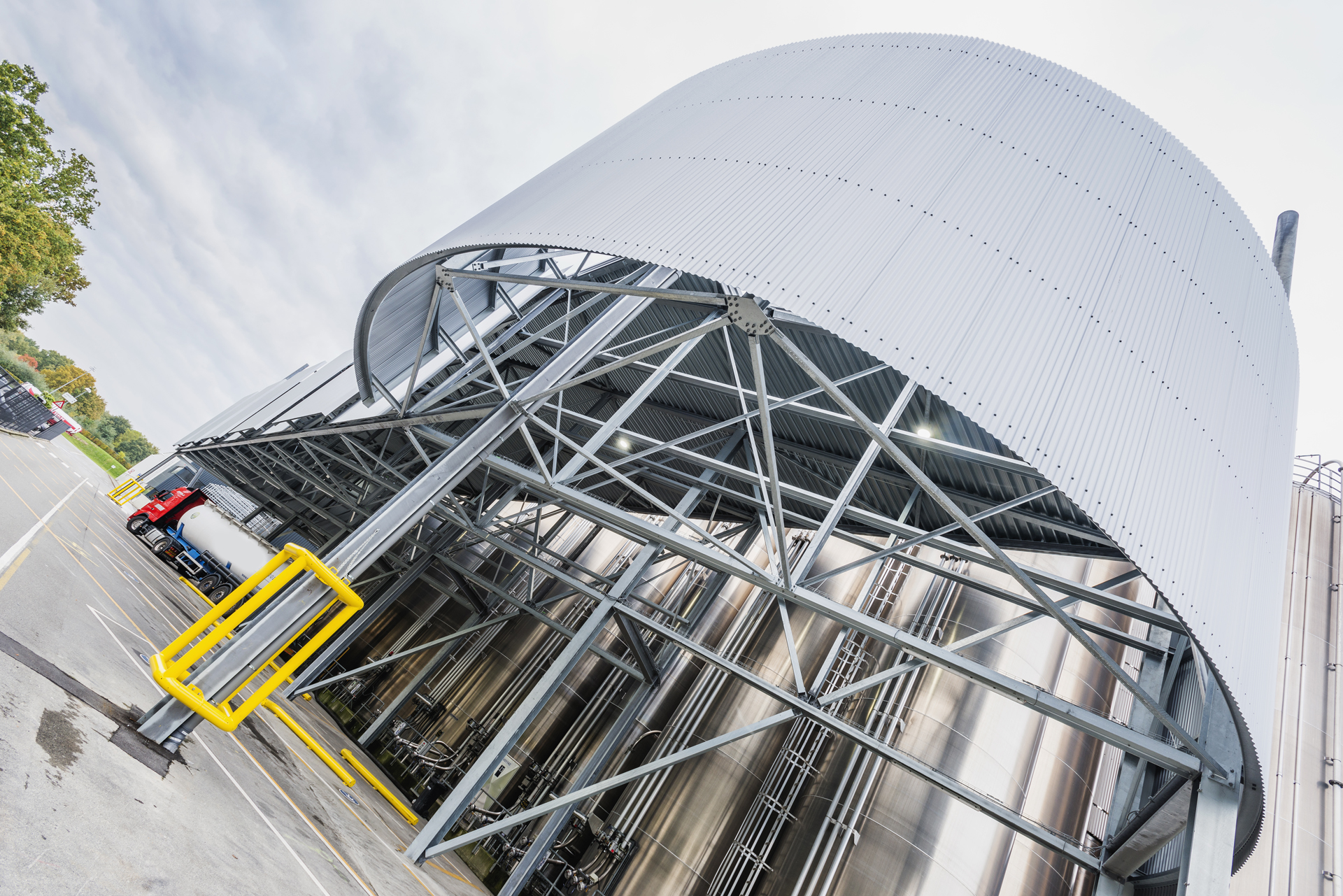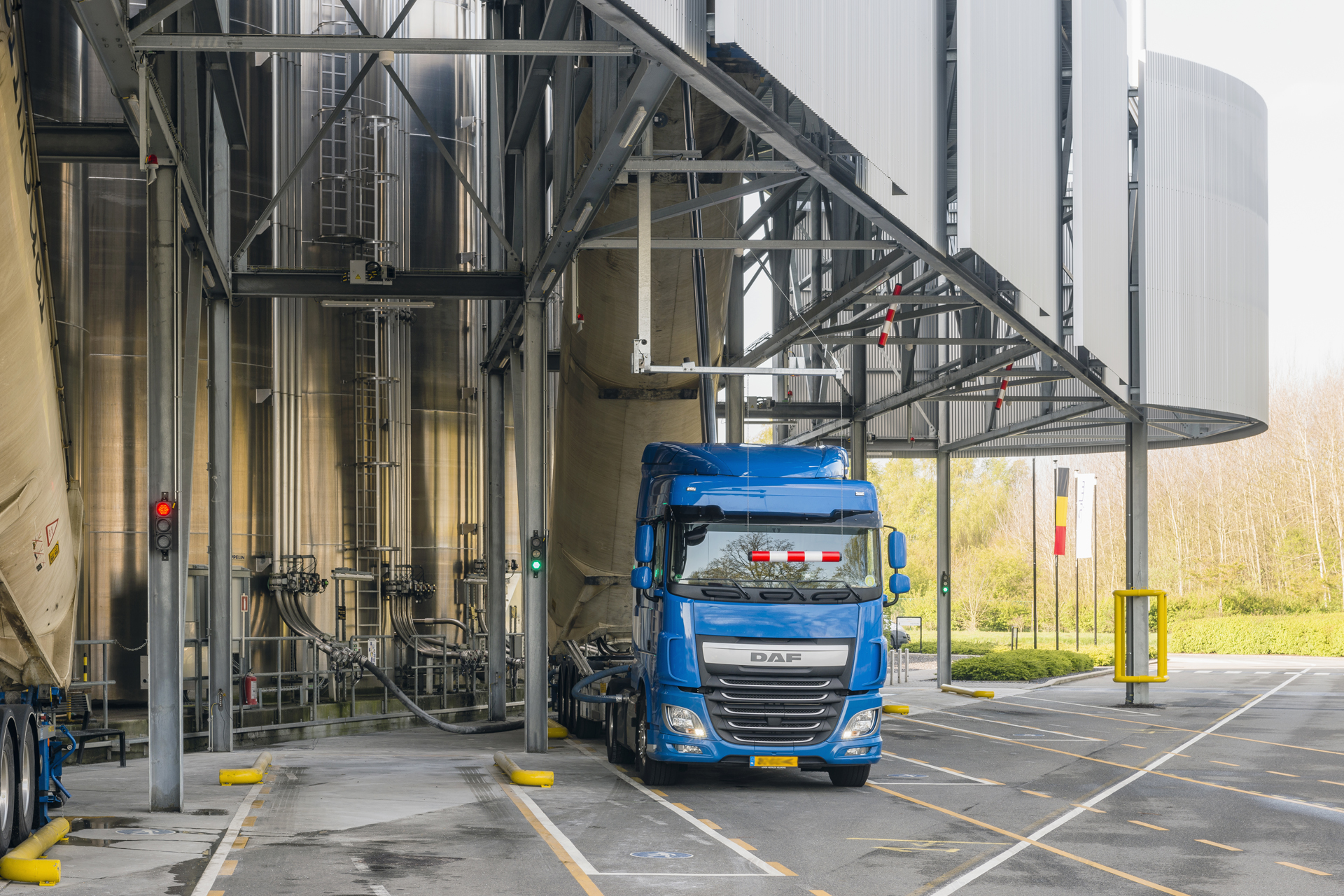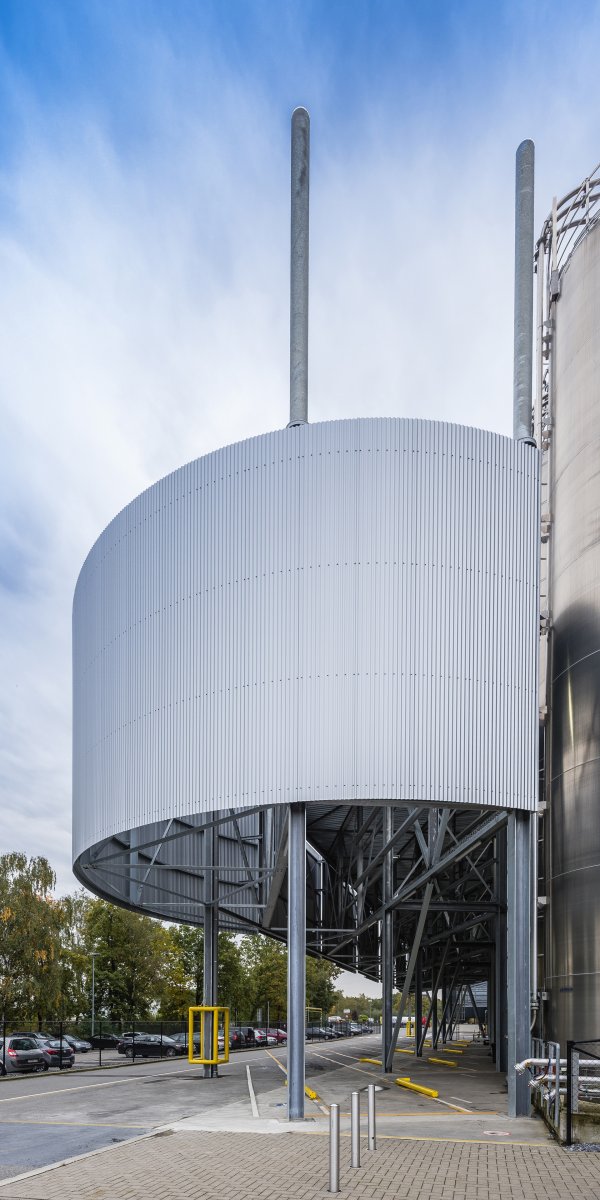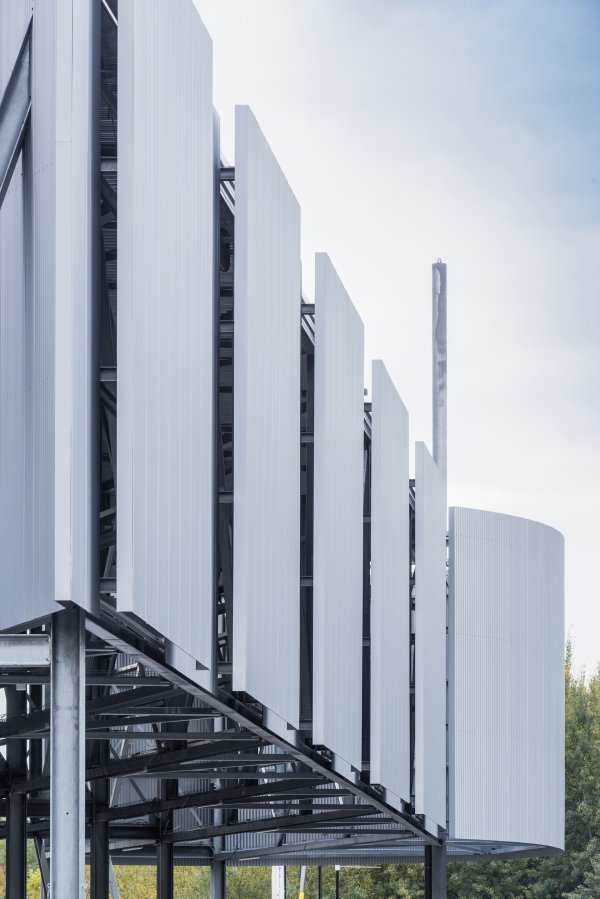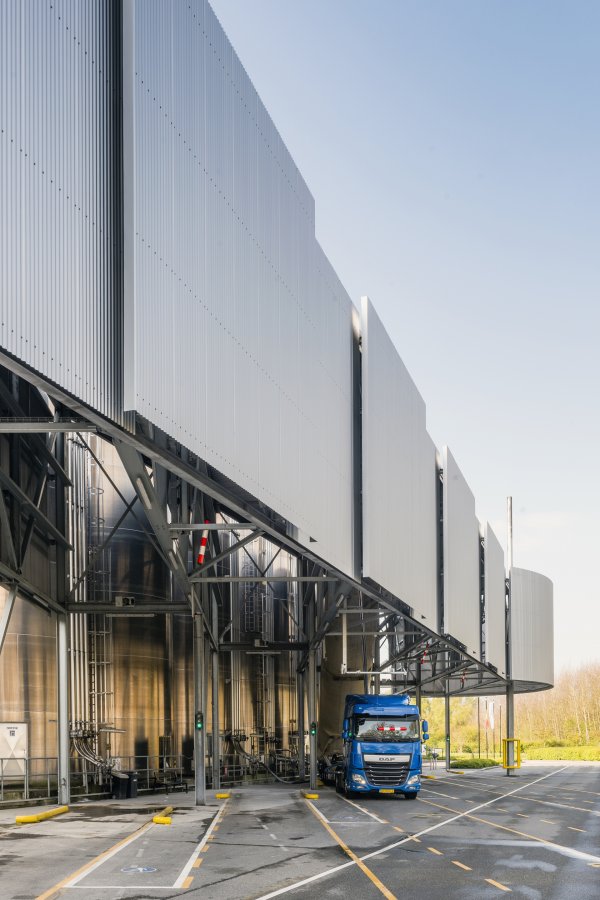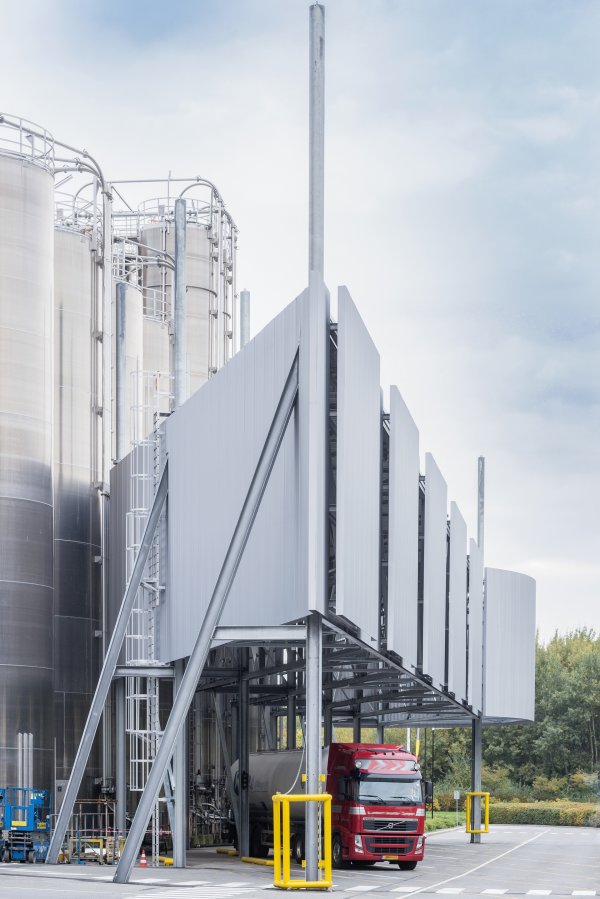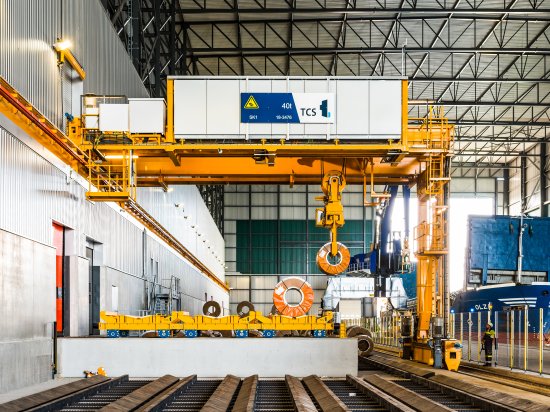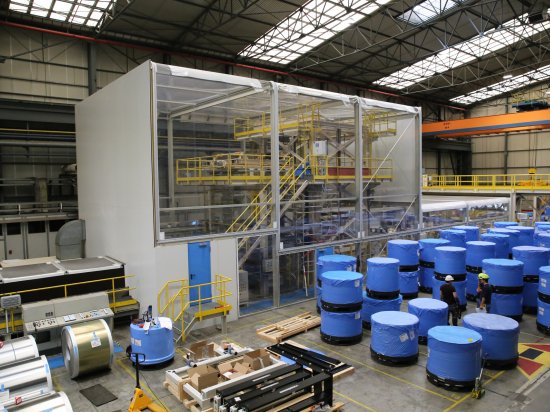Tight manoeuvring constraints and large area
Sabic had seen such a solution during a technical visit at another company in the Netherlands. “The idea was to build a robust steel structure above the truck unloading dock,” explains Gielen. “With the truck container raised to the unloading position, this structure would act like a cage, preventing any lateral movement. It’s a simple idea, but we saw straight away that smart engineering was required to make it work, given the tight truck manoeuvring constraints and the large unloading area to be covered.”
Scanners, signalling and alarms
The first stage of the project included developing the technical solution: “We wanted a steel constructor with first class engineering credentials for the task,” says Gielen. “So we hired TCS, especially given their strong expertise in both steel construction and site logistics. Meetings were arranged with two of our main suppliers to develop and test a number of unloading scenarios. These were evaluated against feasibility, practicability and, above all, safety criteria. One of the things we decided was that the structure should be equipped with a comprehensive safety system to prevent any collisions. This system needed to be robust as well as compliant with trucks of different lengths and wheel bases. TCS engineers developed a workable solution for this, using laser scanners to detect the truck position, signalling equipment and audible alarms.”
